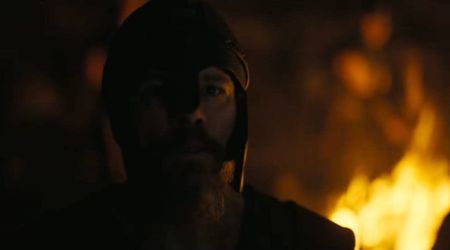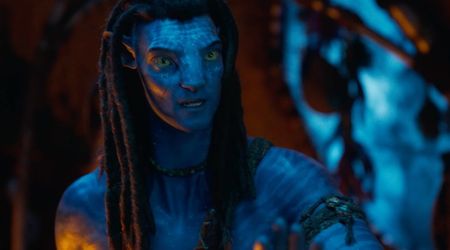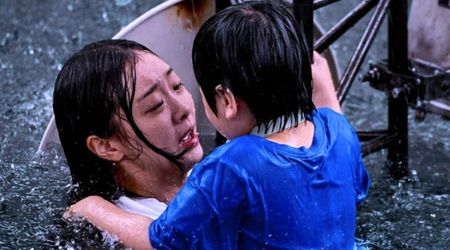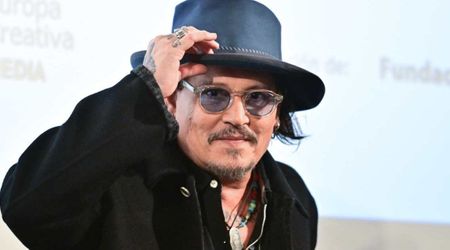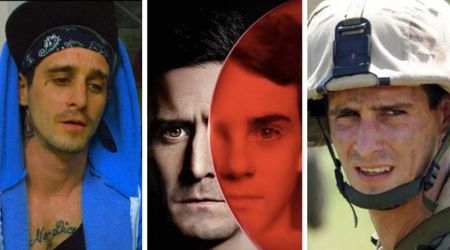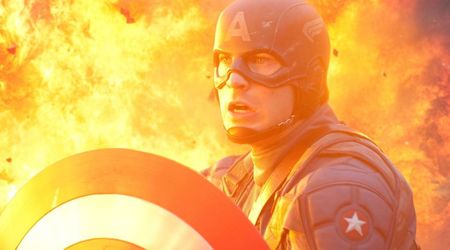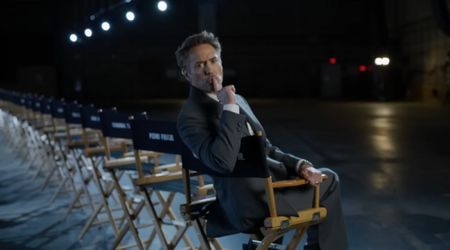Evolution of Vampires Onscreen: How 'Interview with the Vampire' brought queerness to the genre with hottest stars

Each week, MEA WorldWide (MEAWW) looks at how vampires have evolved in cultural depictions, be it in movies or television. Last week, we looked at Blade, the Marvel character who was half-human and half-vampire. The 1998 film of the same name explores the differences in class and race structure in society while employing themes of blackness in America.
This week happens to be the first week of Pride Month this year, and in keeping with the theme, we will look at the 1994 film 'Interview with the Vampire' starring Tom Cruise and Brad Pitt. The movie was based on Anne Rice's novel of the same name and took 18 years to be adapted for one primary reason — that the book brought queerness into vampirism.
Here's an interesting fact: Anne Rice mentions "stone walls" in the novel, which could be an obscure reference to the gay rights movement of the same name.
If we dive into the book first, we will note that it had far more queer content than the movie. When Louis de Pointe du Lac (Brad Pitt) is transformed into a vampire at the hands of another male vampire, Lestat de Lioncourt (Tom Cruise), the homoerotic struggle is described as a violent, yet profound passion, according to an essay by Ellis Hanson. Hanson also writes that it feels akin to a "queer man's first euphoric experience of his queerness."

It helps to understand this way. When a vampire-human struggle is often showed, we always see that of one between a man and a woman, yet in 'Interview with the Vampire', by showing two sexy, hot, young vampires — and remember, this was when Tom Cruise and Brad Pitt were both rising as Hollywood's hottest stars — the movie broke the mould when it came to depicting the same on the screen.
However, not everyone was happy with Cruise's casting. The author, Rice — who also wrote the screenplay — took out a full-page ad in Variety at the time to express her reservations over his casting. Rumors swirled that Cruise wanted to tone down — or worse, eliminate — the gay subtexts of the story. However, while it was toned down, the queerness of the characters was still visible.
When Louis is turned into a vampire, it is more a conscious choice by both him and Lestat. Lestat has to first drain out all of Louis' blood and Louis has to drink Lestat's blood so he can become a vampire — this concept has since been used in countless vampire stories.
At its heart, 'Interview with the Vampire' is a movie about a highly toxic same-sex relationship.
After Louis becomes a vampire, the two begin a domestic life together. While Lestat is a born predator, Louis is uncomfortable with having to kill and the former repeatedly urges Louis to embrace his "true nature" and to stop running away from it — one could even interpret a coded treatment of queerness within this compulsion.

This is where their "daughter", Claudia (Kirsten Dunst) comes in — a young girl Lestat turned so that Louis would not leave him. Of course, this is less subtle in the book where Lestat actually wanted to sleep with Louis.
Later, we also meet the world's oldest living vampire, Armand (Antonio Banderas) who becomes attracted to Louis because he views him as the "bridge" to the next generation. It's also interesting to note that Armand is Lestat's former lover. Armand and Louis have perhaps what could be considered the most erotic moment in the film when they nearly kiss.
Perhaps a lot of the dialing down of the queer subtexts could be because it was filmed in the 1990s. We wonder whether a 21st-century remake would remain truer to the book and even unapologetically bring queerness to mainstream depictions of the sexiest monsters in entertainment.
Follow MEA WorldWide's (MEAWW) weekly column on the evolution of vampires in film and television every Thursday.

